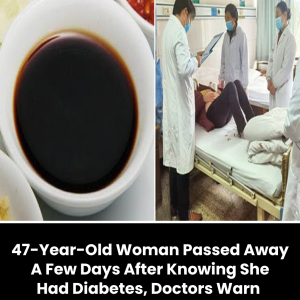
Keratosis is a common skin condition marked by an overproduction of keratin, which can cause the skin to develop rough, thickened, or scaly patches. While many forms are harmless, some can indicate early signs of skin cancer.
Different Types of Keratosis
Seborrheic Keratosis: These benign, wart-like growths appear in shades of brown or black and are common among older adults. They may look concerning but are generally harmless.
Actinic Keratosis: Caused by long-term sun exposure, these dry, rough patches often show up on areas like the face, ears, and hands. Because they can potentially turn into skin cancer, they should be treated early.
Keratosis Pilaris: Often called “chicken skin,” this condition results in tiny, rough bumps, usually on the upper arms or thighs. It’s completely harmless but can be a cosmetic concern for some people.

Causes and Risk Factors
• Sun exposure is the primary culprit behind actinic keratosis.
• Genetics may increase the likelihood of developing seborrheic keratosis and keratosis pilaris.
• Dry skin and hormonal fluctuations can worsen keratosis pilaris.
• People with lighter skin and those with a family history of keratosis are more prone to it.
How It’s Diagnosed and Treated
Most cases of keratosis can be identified during a routine skin exam by a dermatologist. If a spot seems unusual, a skin biopsy might be recommended to rule out anything serious.
• Seborrheic Keratosis: These can be removed for cosmetic reasons using methods like freezing, scraping, laser treatments, or electrosurgery.
• Actinic Keratosis: These should be treated to prevent progression to cancer. Treatments may include cryotherapy, topical medications, or light-based therapies.
• Keratosis Pilaris: While there’s no cure, daily moisturizing and the use of exfoliating creams can help improve skin texture.

Prevention Tips
• Use sunscreen with SPF 30 or higher every day.
• Avoid tanning beds and stay out of direct midday sunlight.
• Keep the skin well-moisturized to manage keratosis pilaris.
• Keep an eye on your skin, and see a doctor if you notice any new or changing spots.
When to Seek Medical Help
Consult a healthcare provider if you notice a lesion that:
• Hurts, bleeds, or changes rapidly in size or color.
• Looks suspicious or unusual.
• Bothers you cosmetically and you’d like it removed.

In Summary
Keratosis includes a range of skin conditions, from harmless to potentially dangerous. Recognizing which type you have is essential for choosing the right treatment and preventing complications.




